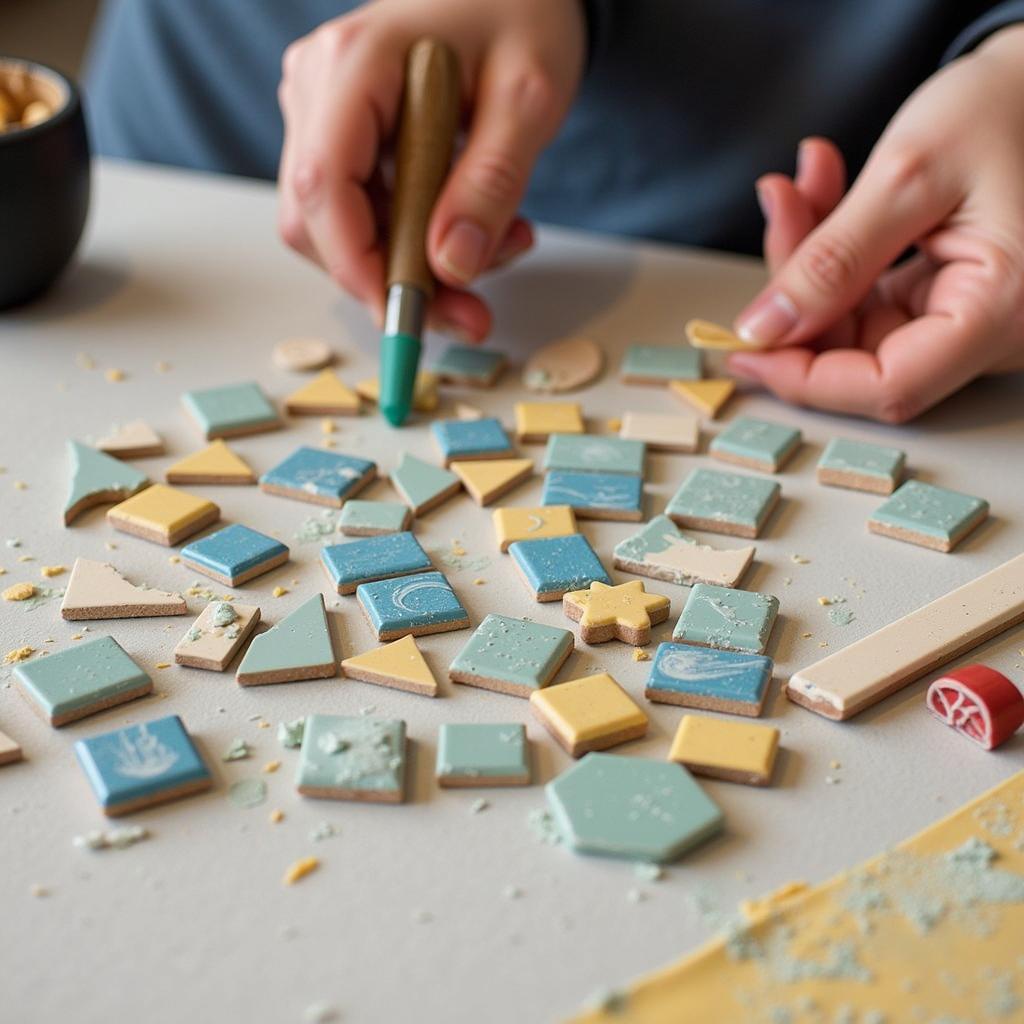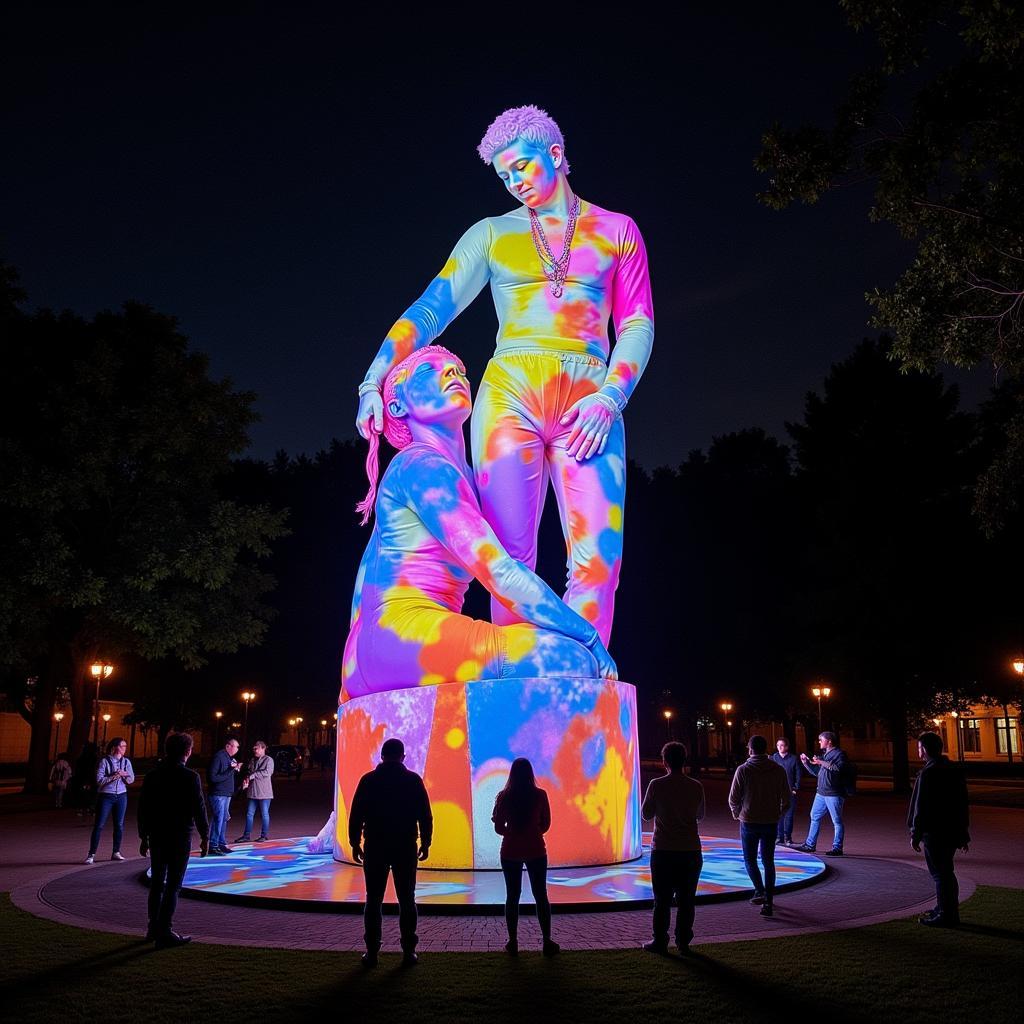Mysore Art Paintings: A Journey into Vibrant Tradition
Mysore Art Paintings, with their captivating beauty and intricate details, offer a glimpse into the rich artistic heritage of the Mysore region in India. This unique style of painting, deeply rooted in history and tradition, continues to mesmerize art enthusiasts worldwide.
Unveiling the History of Mysore Paintings
The origins of Mysore paintings can be traced back to the Vijayanagara Empire (14th-17th century). Following the empire’s decline, the art form found patronage under the Wodeyar dynasty, the rulers of Mysore from the 16th to the 20th century. King Raja Wodeyar I (1578-1617), a renowned patron of the arts, is credited with reviving and nurturing various art forms, including Mysore painting.
The Distinctive Characteristics of Mysore Art
Mysore paintings are renowned for their distinct visual elements and techniques, which set them apart from other Indian art forms. These include:
- Gesso Base: The paintings are traditionally created on a prepared surface of paper or cloth, layered with a paste of zinc oxide and gum arabic known as ‘gesso.’ This base provides a smooth and durable surface, allowing for intricate detailing and vibrant colors.
- Natural Colors: Mysore paintings utilize natural pigments derived from minerals, vegetables, and even precious stones. These colors, though subtle in their brilliance, possess a unique depth and luminosity, enhancing the painting’s timeless appeal.
- Fine Lines and Intricate Details: A hallmark of Mysore paintings is the meticulous attention to detail. Artists employ fine brushes, often made from squirrel hair, to render delicate lines, intricate patterns, and lifelike figures.
- Religious and Mythological Themes: The subject matter of Mysore paintings primarily revolves around Hindu gods and goddesses, scenes from epics like the Ramayana and Mahabharata, and portraits of rulers and saints.
The Legacy of Mysore Paintings Today
While Mysore paintings adhere to traditional techniques and themes, contemporary artists continue to breathe new life into this ancient art form. Modern interpretations incorporate contemporary subjects, bolder compositions, and experimental techniques while staying true to the fundamental principles of Mysore painting.
“Mysore paintings are not merely artworks but windows into a rich cultural tapestry,” shares Dr. Anjali Sharma, an art historian specializing in Indian miniature paintings. “Their enduring appeal lies in the harmonious blend of tradition and innovation, capturing the essence of a bygone era while remaining relevant in the present.”
Preserving and Promoting Mysore Art
Efforts are underway to preserve and promote this invaluable art form. Institutions like the Mysore Palace, art galleries, and workshops across India provide platforms for artists to showcase their work and engage with a wider audience.
Conclusion
Mysore art paintings stand as a testament to the rich artistic heritage of India. Their exquisite beauty, intricate details, and timeless appeal continue to captivate art lovers worldwide. As we appreciate the legacy of Mysore paintings, we are reminded of the enduring power of art to transcend time and connect us to the cultural richness of the past.



